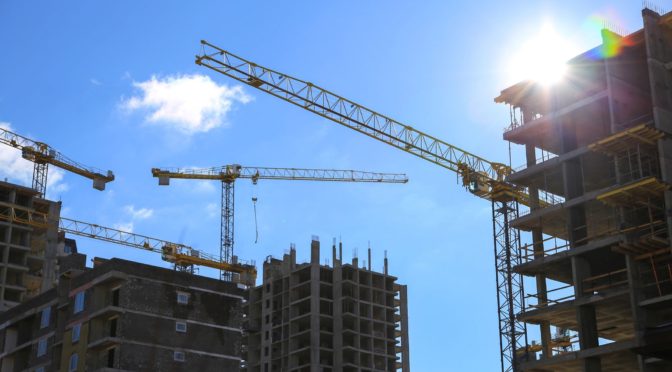The Looming Shadow: Leveraged Shadow Banking and the 2024 Risk Horizon
As we peer into the economic crystal ball of 2024, one spectre looms large: the potential for a crisis borne from the murky depths of leveraged shadow banking. While whispers of this risk have swirled for years, the confluence of several factors – rising interest rates, geopolitical tensions, and an interconnected financial landscape – amplifies the potential for a shockwave to ripple through the global economy. As business leaders, navigating this uncharted territory requires an understanding of the threat and proactive measures to ensure our ships weather the storm.
Delving into the Shadows:
Shadow banking encompasses a vast network of non-traditional financial institutions operating outside the regulatory purview of the formal banking system. Think investment funds, hedge funds, money market funds, and other entities engaging in lending, credit extension, and other activities typically associated with banks. The key differentiator lies in their funding – they rely heavily on borrowed money (leverage) to amplify their investment capacity, amplifying potential returns, but also magnifying risk.
This reliance on leverage creates a precarious scenario. Rising interest rates, a reality in 2023, increased the cost of borrowing for shadow banks, squeezing their profit margins and potentially triggering a wave of defaults on their obligations. This domino effect could cascade through the financial system, impacting traditional banks reliant on shadow banking for liquidity and investment opportunities.
The Perfect Storm:
Beyond interest rates, several storm clouds gather on the horizon. Geopolitical tensions, particularly around resource-rich regions, could disrupt global supply chains and trigger commodity price volatility, further squeezing margins for shadow banks heavily invested in such assets. Additionally, the interconnectedness of the financial system means a crisis in one corner can rapidly spread, amplifying the overall impact.
The 2024 Risk Horizon:
While predicting the exact timing of a potential crisis is a fool’s errand, 2024 presents several worrying factors. The lagged effects of interest rate hikes could manifest, geopolitical flashpoints remain simmering, and the post-pandemic economic recovery has yet to be fully cemented. This confluence of risks creates a perfect storm for a shadow banking crisis, with potentially devastating consequences.
Protecting Your Business:
So, what can business leaders do to safeguard their organisations? Several proactive measures are key:
- Strengthen Liquidity: Build robust cash reserves to weather potential disruptions in credit availability.
- Diversify Funding Sources: Reduce reliance on shadow banking and diversify funding sources to traditional banks and alternative forms of financing.
- Stress Test Scenarios: Run stress tests to understand your exposure to potential shadow banking-related shocks and identify vulnerabilities.
- Reduce Leverage: Minimise dependence on borrowed capital to lessen the impact of rising interest rates.
- Scenario Planning: Develop contingency plans for various crisis scenarios to ensure swift and decisive action when needed.
Beyond internal measures, advocating for stronger regulatory oversight of the shadow banking system is crucial. Pushing for greater transparency, capital adequacy requirements, and risk management protocols can mitigate the systemic risks emanating from this opaque corner of finance.
A Call to Action:
The potential for a shadow banking crisis in 2024 is not a foregone conclusion; it is a call to action. By understanding the risks, adopting proactive measures, and advocating for responsible regulation, we can navigate these perilous waters and ensure the continued prosperity of our businesses and the global economy. Remember, vigilance, diversification, and preparedness are our anchors in the coming storm. Let us act with foresight and build a future where shadows no longer threaten the economic sun.
The risks from shadow banking is another reason interest rate cuts in USA, EU and UK would be welcome but much needed regulation of the 220 trillion dollars invested in this area is probably not going to happen until 2025 at the earliest – if at all. Ironically the leverage problem is due to financial institutions lack of money!
Get help to protect and grow your business
Subscribe to business risk management alerts and risk reviews

